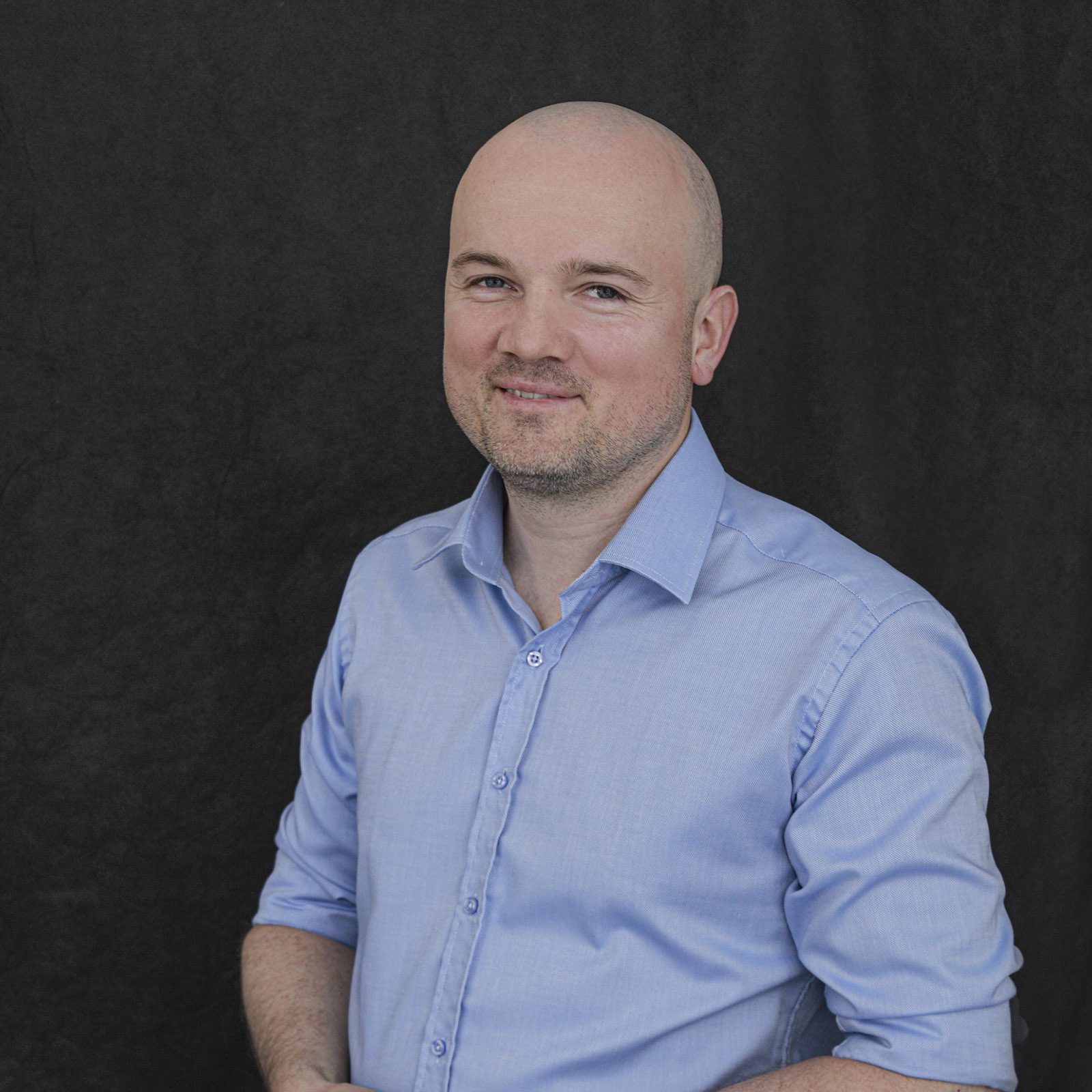Computational Genomics Group
To gain valuable insights about complex biological systems and processes, it is essential to measure features of interest in individual cells. Single-cell transcriptomics and epigenomics allow researchers to uncover rare cell types, document the diversity of cell populations, infer the developmental trajectories of cell lineages, and discover cellular regulatory mechanisms. Recent progress in developing high-throughput single-cell methods has enabled researchers to distinguish cell types and functional states of a tremendous number of cells (1 million and beyond).
The Computational Genomics Group (CGG) was created in September 2020 with the objective to leverage the latest single-cell multiomics methods to understand eye diseases. Research conducted at the CGG focuses on combining approaches from statistics, statistical physics, mathematics, and computer science to develop new computational methods to manage the complexity of information from massive single-cell omics experiments and resolve biological processes.
Computational work in our lab focuses on developing new algorithms and scalable tools for analyzing massive single-cell datasets and integrating them across platforms and techniques. In particular, we are interested in creating new approaches for comprehensive inference of developmental trajectories and delineation of cell atlases from single-cell data to advance understanding of the roles of cell-to-cell signaling and intracellular biological pathways in lineage commitment and transitions between cellular states. We explore novel methods for multidimensional and multimodal data visualization to construct the comprehensive topography of cellular landscapes.
Our chief experimental activity focuses on leveraging high-throughput single-cell transcriptome and epigenome sequencing for interrogation of the ecosystems of eye cancer. Uveal melanoma is a rare but highly metastatic eye cancer resistant to therapies. When uveal melanoma metastasizes to different parts of the body, the 5-year survival rate is only 13%. Single-cell multiomics sequencing will allow us to dissect the complex ecosystem of the tumor and the immune repertoire infiltrating it; and to understand the intercellular communication between subpopulations of immune cells. This approach will also provide new mechanistic insights about the biology of uveal melanoma, suggesting potential therapies.
Contact:
Phone: +48 609 877 462
Leader: mtabaka@ichf.edu.pl
Coordinator: mbanach-orlowska@ichf.edu.pl
Principal Investigator
PhD Students
Research Engineers
Technical staff
Publications
-
bioRxiv
Ocelli: a new comprehensive method for multimodal single-cell data analysis
10.1101/2023.10.05.5610742023
-
Nature Communications
spinDrop: a droplet microfluidic platform to maximise single-cell sequencing information content
10.1038/s41467-023-40322-w2023
-
Proceedings of the National Academy of Sciences (PNAS)
Stress resilience-enhancing drugs preserve tissue structure and function in degenerating retina via phosphodiesterase inhibition
DOI: 10.1073/pnas.22210451202023










